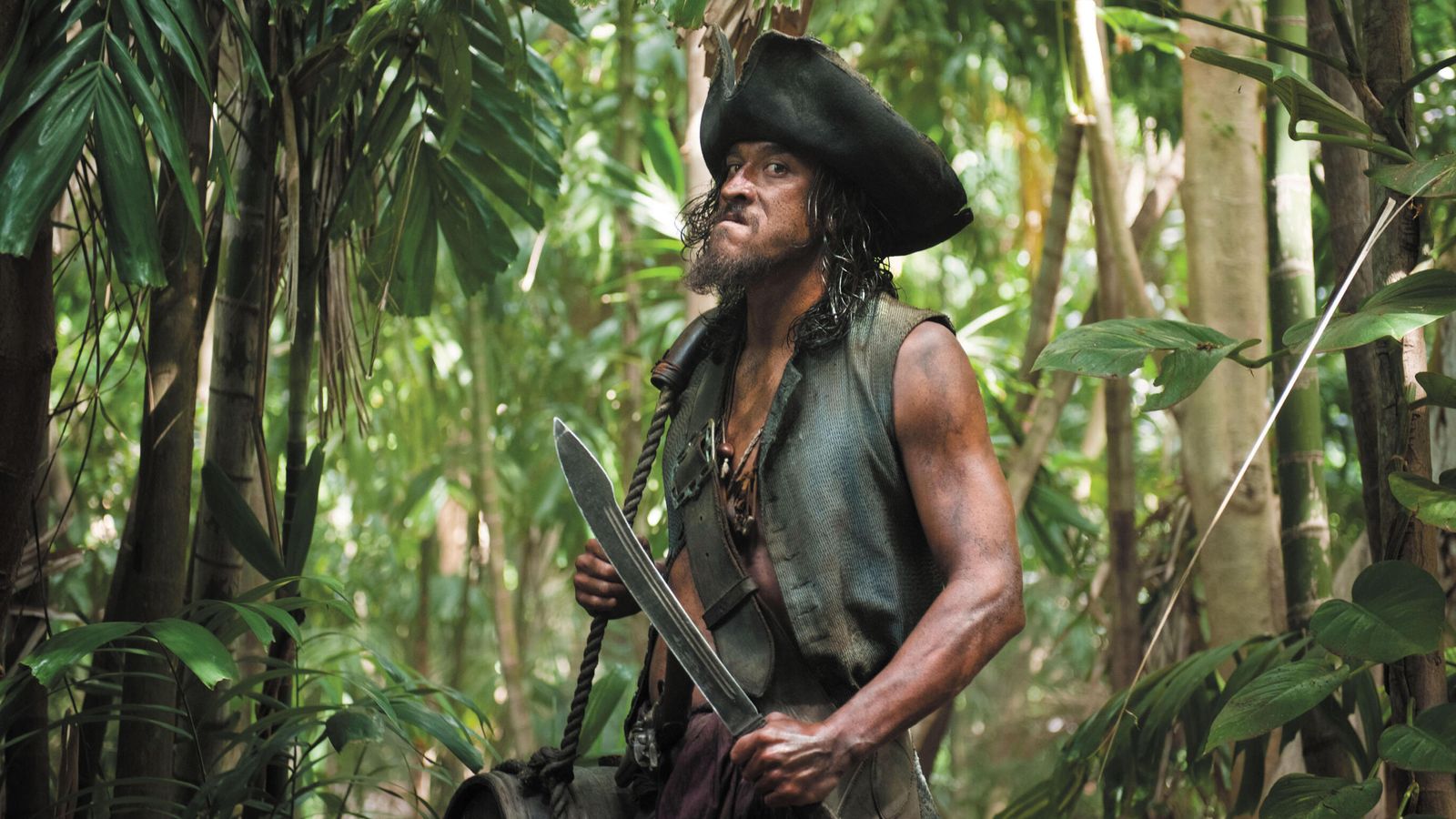Tamayo Perry Pirates: Historical Overview

The Tamayo Perry Pirates, also known as the Tamayo-Perry Pirates or the Tamayo Pirates, were a notorious group of Japanese pirates active in the early 17th century. They were named after their leaders, Tamayo Hachirobei and Perry Josuke, who were both skilled sailors and fierce warriors.
The tamayo perry pirates, known for their daring raids, had faced their share of tragedy. Like the recent drowning of three in Panama City Beach, a somber reminder of the dangers that lurked in the vast expanse of the sea.
Yet, amidst the loss, the pirates’ resolve remained unwavering, their spirit undeterred by the capricious nature of fate.
The Tamayo Perry Pirates originated from the port town of Nagasaki, Japan. They began their piratical activities in the early 1600s, targeting merchant ships sailing between Japan, China, and Korea. As their reputation grew, they became increasingly bold, attacking larger vessels and even raiding coastal towns.
Key Figures, Tamayo perry pirates
- Tamayo Hachirobei: The leader of the Tamayo Perry Pirates. He was a skilled swordsman and tactician.
- Perry Josuke: The second-in-command of the Tamayo Perry Pirates. He was a master navigator and shipbuilder.
- Funai Shichirobei: A skilled swordsman and one of the most trusted lieutenants of Tamayo Hachirobei.
Tamayo Perry Pirates

Methods and Tactics
The Tamayo Perry Pirates employed a range of cunning strategies to outwit their adversaries. Their primary method of attack involved using small, swift vessels to approach unsuspecting merchant ships. Once within striking distance, they would launch a surprise attack, using a combination of firearms and melee weapons to overwhelm the crew and seize control of the vessel.
To evade capture, the pirates relied on their knowledge of the local waters and their ability to navigate treacherous channels and hideouts. They also employed a system of lookouts and signals to alert them to approaching authorities. When pursued, they would often abandon their captured ships and flee into the dense mangrove forests or remote islands.
The pirates were well-armed with a variety of weapons, including muskets, pistols, and swords. They also constructed fortified hideouts and lookout posts along the coast to provide them with a safe haven and a strategic advantage. Their communication system, based on a series of flags and signals, allowed them to coordinate their attacks and evade capture.
Tamayo Perry Pirates: Cultural Impact and Legacy
The Tamayo Perry Pirates were not just a band of seafaring criminals; they were also a cultural phenomenon that left a lasting impact on maritime trade, coastal communities, and popular culture. Their daring raids and charismatic leaders captured the imagination of people around the world, inspiring countless stories, songs, and works of art.
Impact on Maritime Trade and Coastal Communities
The Tamayo Perry Pirates’ activities had a profound impact on maritime trade in the South China Sea and beyond. Their attacks on merchant ships disrupted trade routes and caused significant economic losses for both traders and coastal communities. However, the pirates also played a role in the dissemination of goods and ideas, as they often traded their plunder with local populations.
Influence on Popular Culture
The Tamayo Perry Pirates have been immortalized in popular culture through numerous works of literature, film, and folklore. Their exploits have been the subject of countless novels, plays, and movies, including the classic adventure story “The Pirate Queen” by Emilio Salgari. The pirates have also been featured in numerous folk tales and legends, which often depict them as heroic figures who fought against oppression.
Historical and Cultural Significance
The Tamayo Perry Pirates’ activities have had a lasting historical and cultural significance. Their raids and battles helped to shape the political and economic landscape of the South China Sea, and their legacy continues to inspire and fascinate people around the world. The pirates’ exploits are a testament to the human spirit of adventure and the enduring power of storytelling.
The Tamayo Perry pirates sailed through treacherous waters, their Jolly Roger fluttering in the wind. As they approached Panama City Beach, they glanced at the panama city beach flags today , hoping for a favorable forecast. The red flag warned of dangerous rip currents, but the pirates were undeterred.
They hoisted their sails and charged into the unknown, their fate tied to the whims of the sea.
Amidst the whispers of the Tamayo Perry pirates’ exploits, a tragic tale emerged from the shores of Panama City Beach. An Alabama man, lured by the promise of sun and surf, met an untimely demise in the treacherous waters. Like a ghostly echo of the pirates’ daring raids, the news spread, carrying with it a reminder of the sea’s unforgiving embrace.
Yet, as the tides receded, the legend of the Tamayo Perry pirates remained, their adventures forever entwined with the ephemeral nature of life and the boundless expanse of the ocean.
The pirates of Tamayo Perry, with their Jolly Roger flying high, had made their mark on the open seas. But as they sailed along the Gulf Coast, they noticed something peculiar fluttering in the distance—the panama city beach flag.
Its vibrant colors and bold design caught their attention, a symbol of a different kind of conquest.
In the realm of buccaneers, the exploits of Tamayo Perry and his motley crew echo through the annals of history. From their audacious raids to their elusive whereabouts, they remain shrouded in mystery. Yet, their tale intertwines with another enigma – the vanishing of lives along the shores of Panama City Beach.
As the search for missing souls intensifies, the shadows of the Tamayo Perry pirates linger, casting an enigmatic aura over both mysteries.